X
Quick contact info
We are here to assist you every step of the way. Reach out to us for a seamless and reliable car buying experience.s
OFFICE
2629 N Main Street,
Gainesville, Florida 32669s
OPENING HOURS
Monday – Friday: 09:00AM – 09:00PM
Saturday: 09:00AM – 07:00PM
Sunday: Closeds
- Home
- Cars for Sale
Ford F150 Supercrew Cab

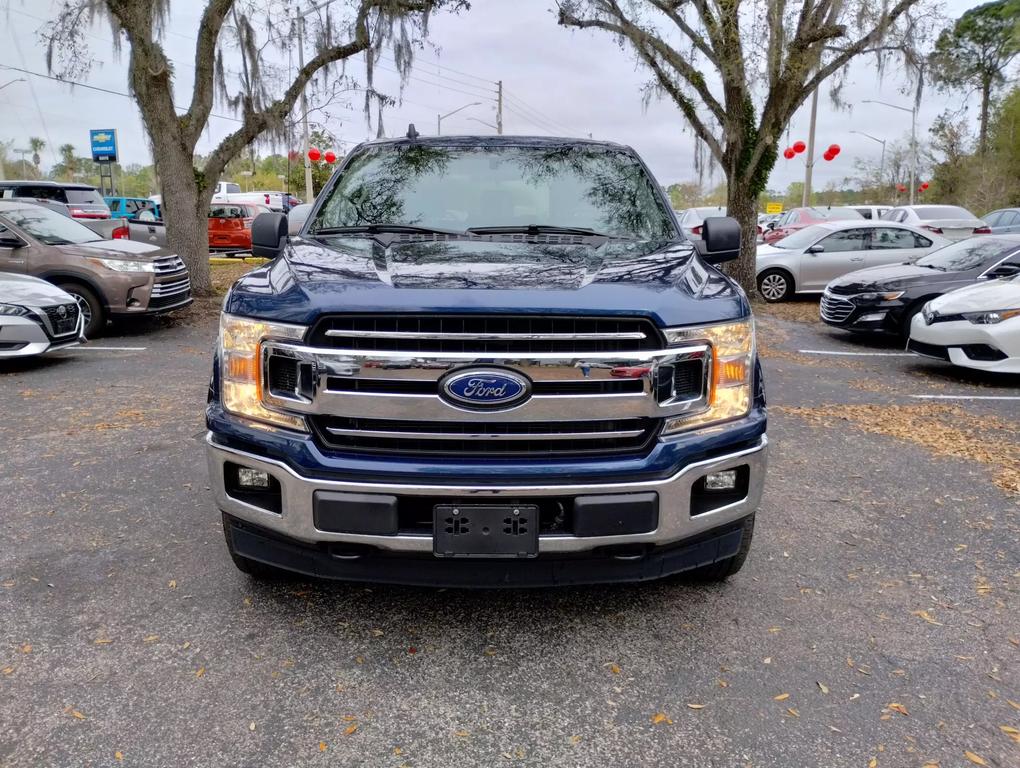

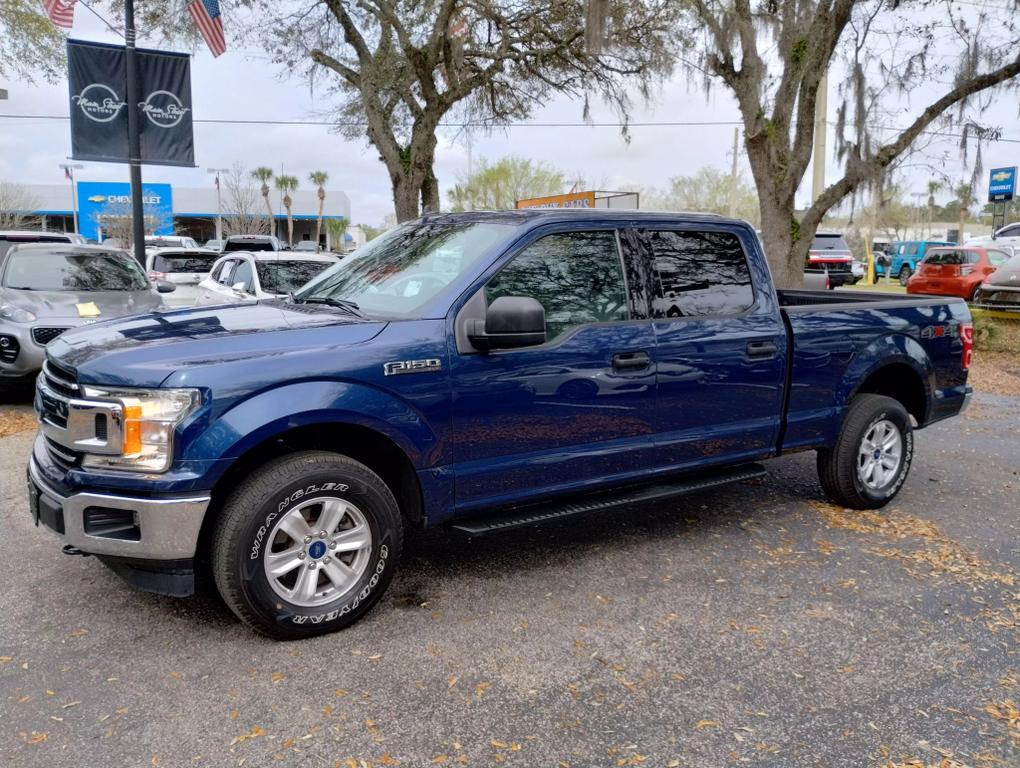
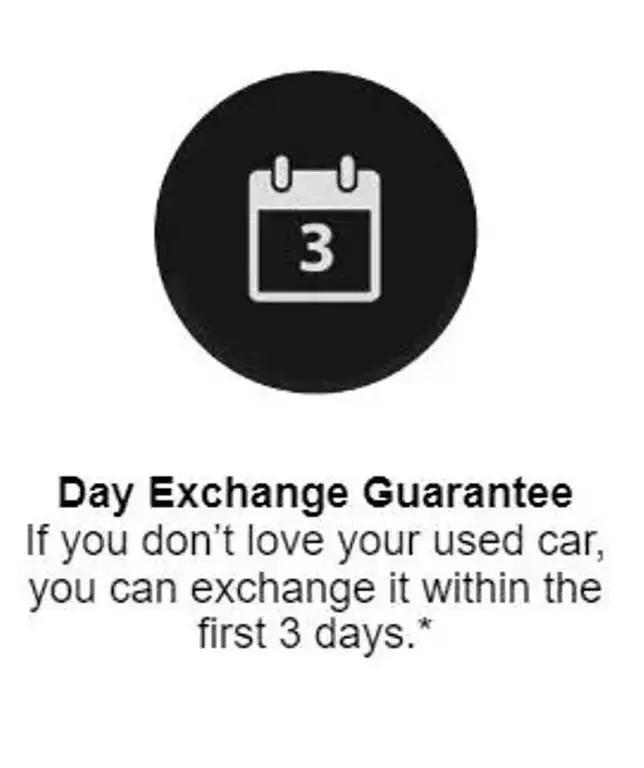
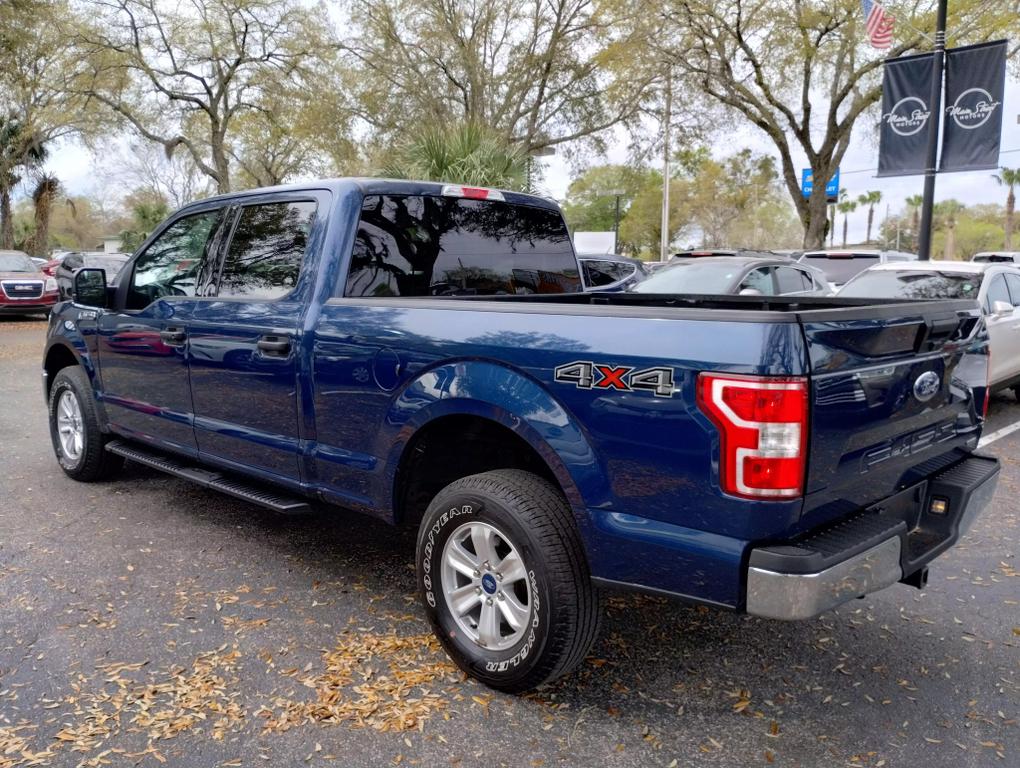


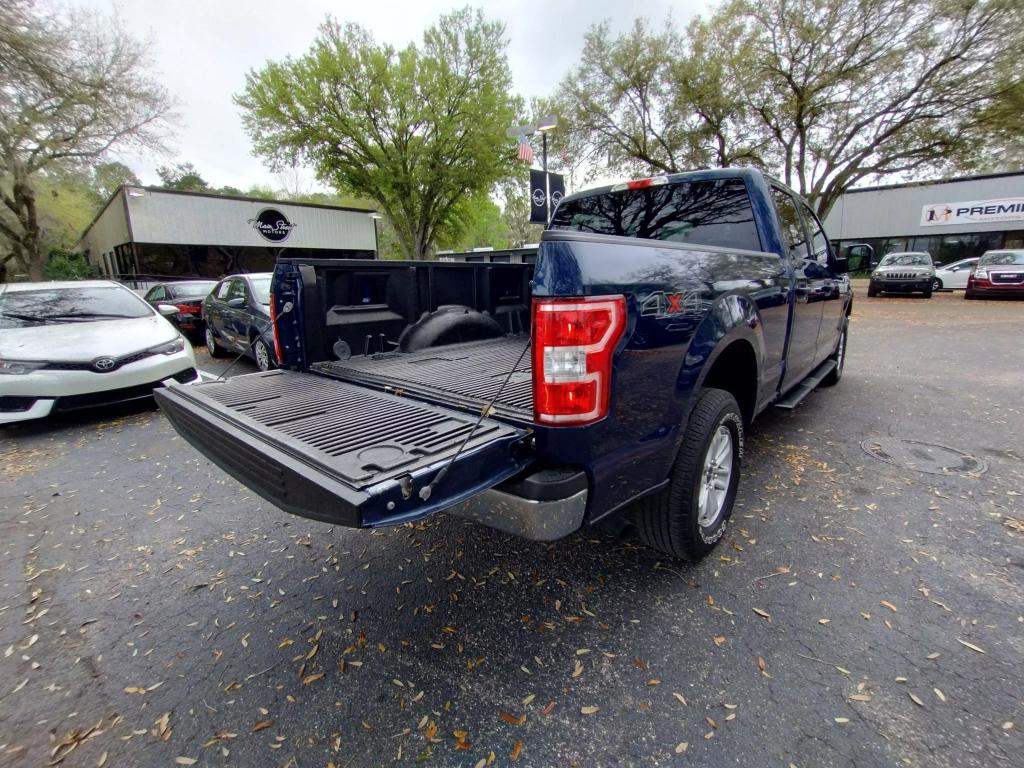
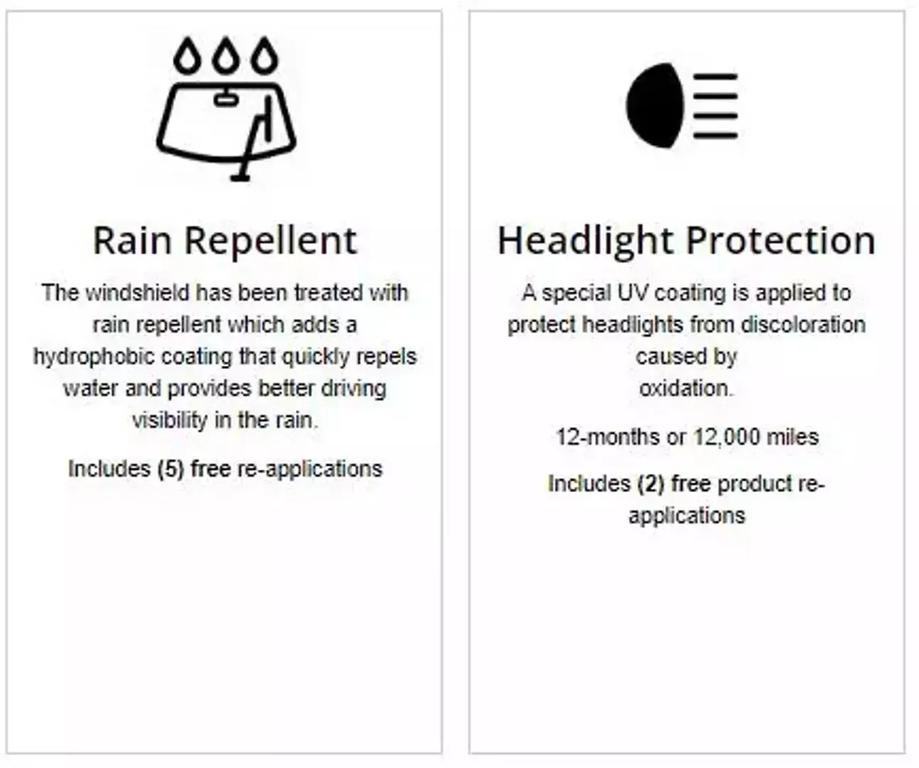
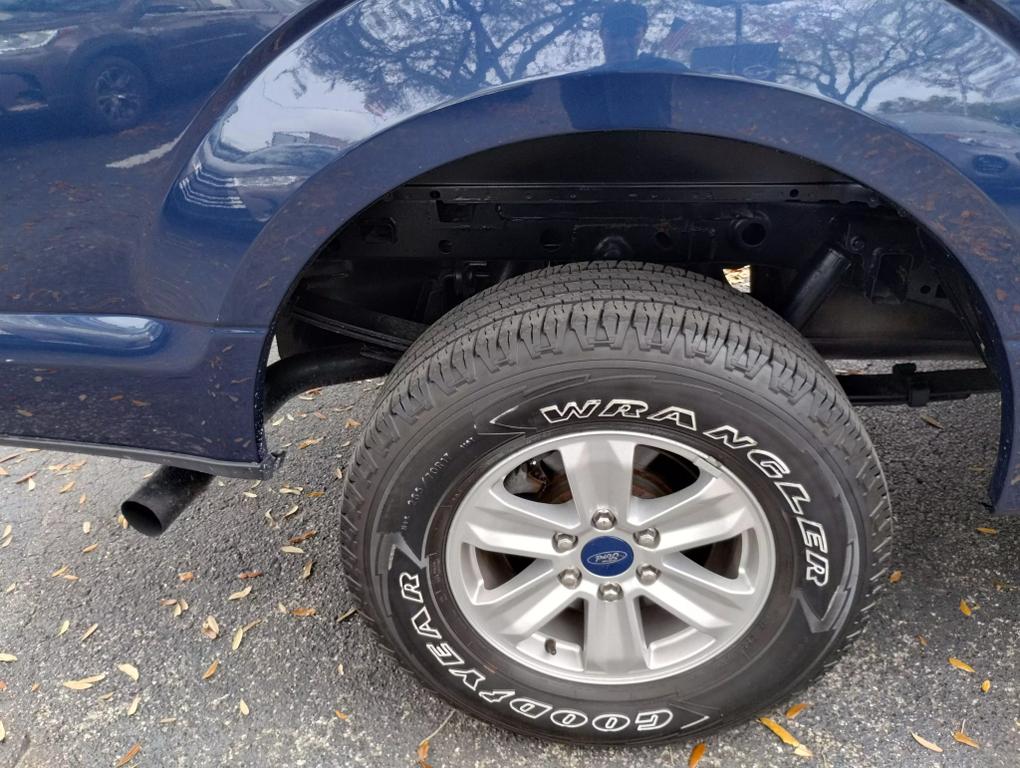
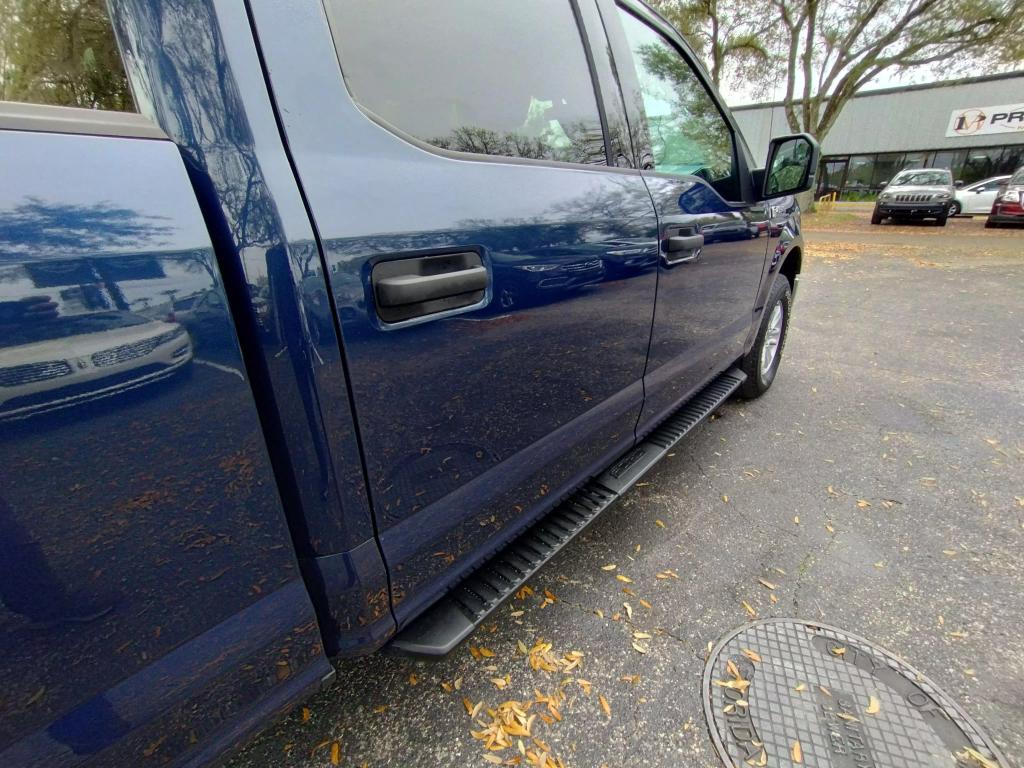
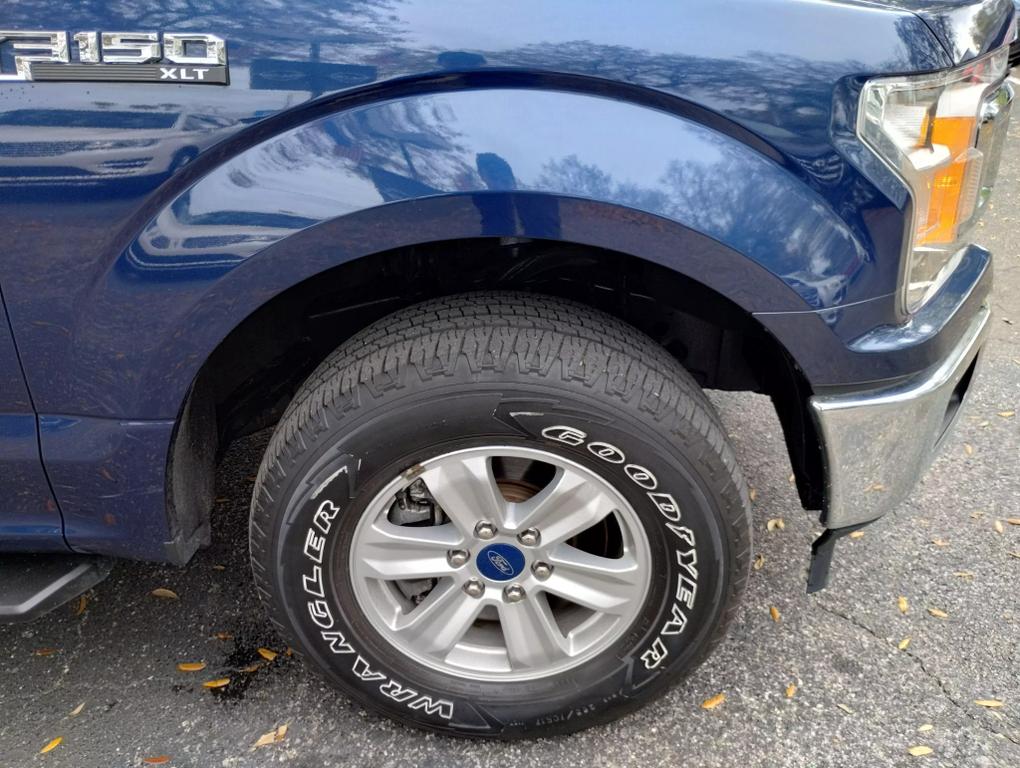
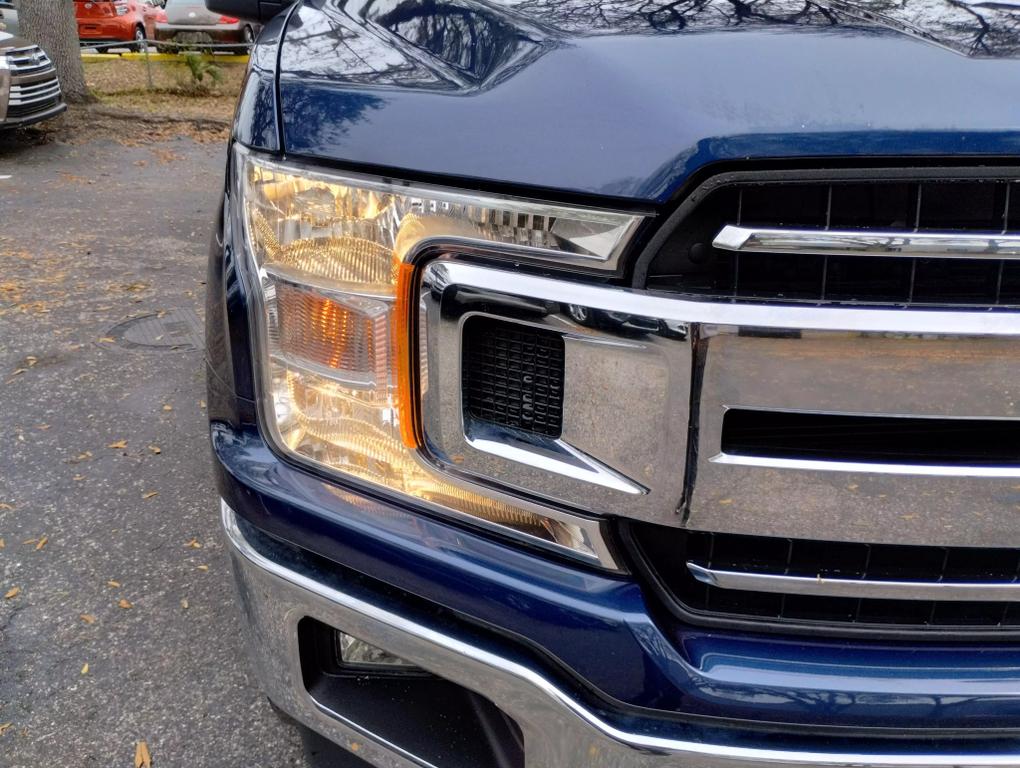

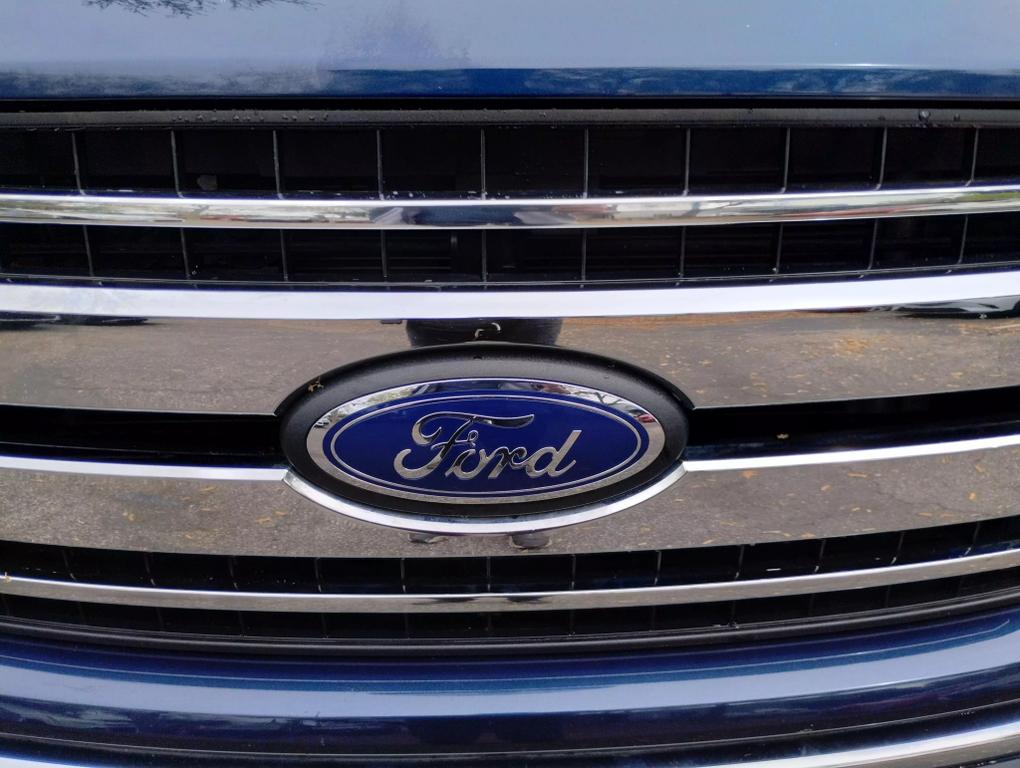
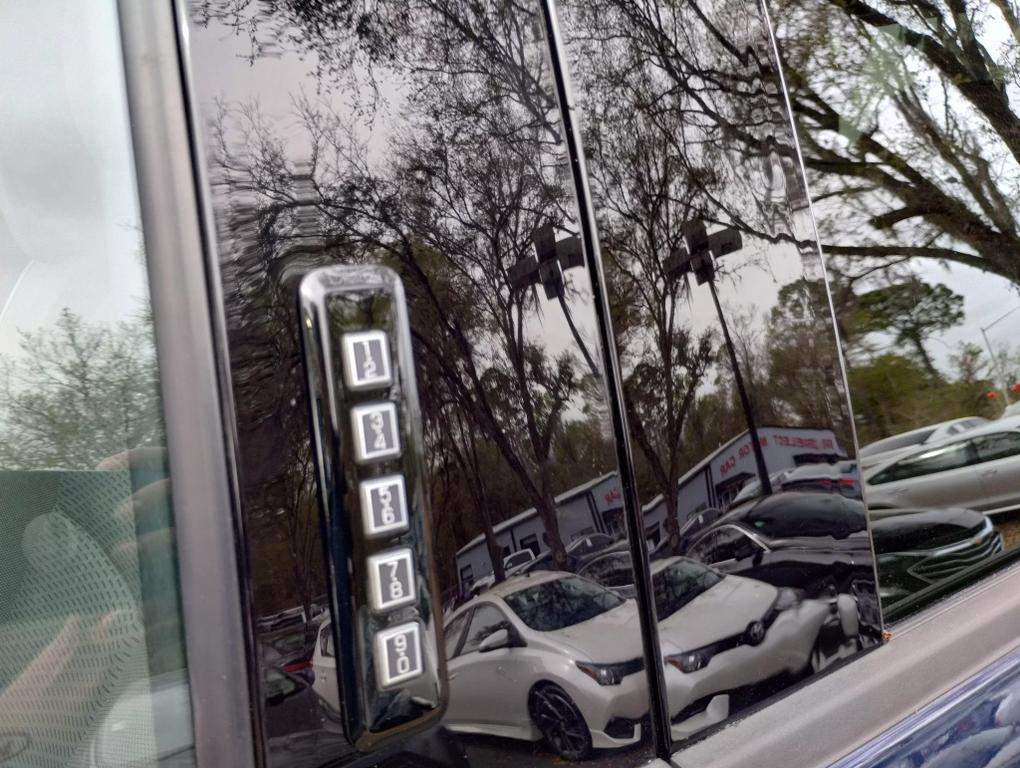
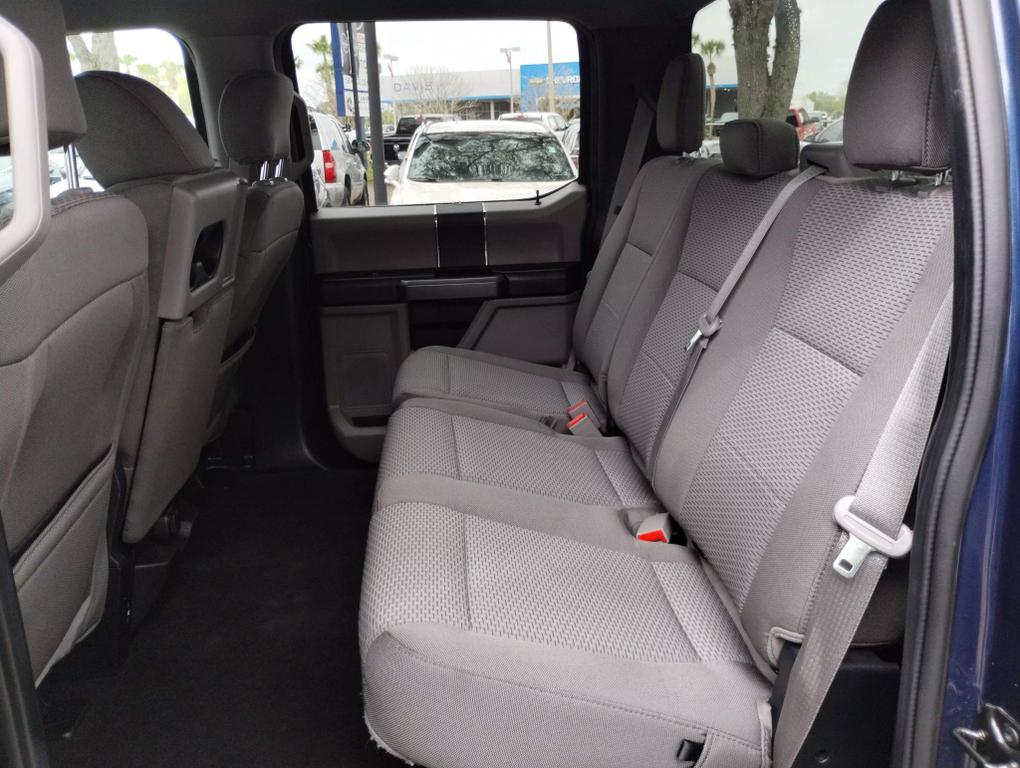
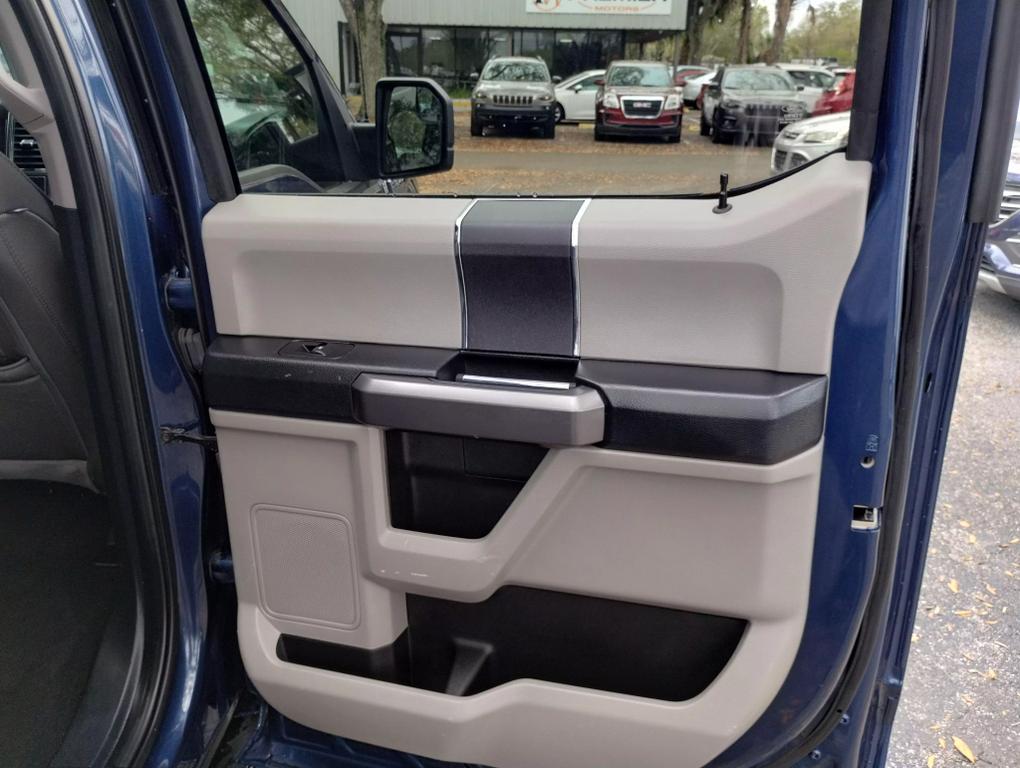

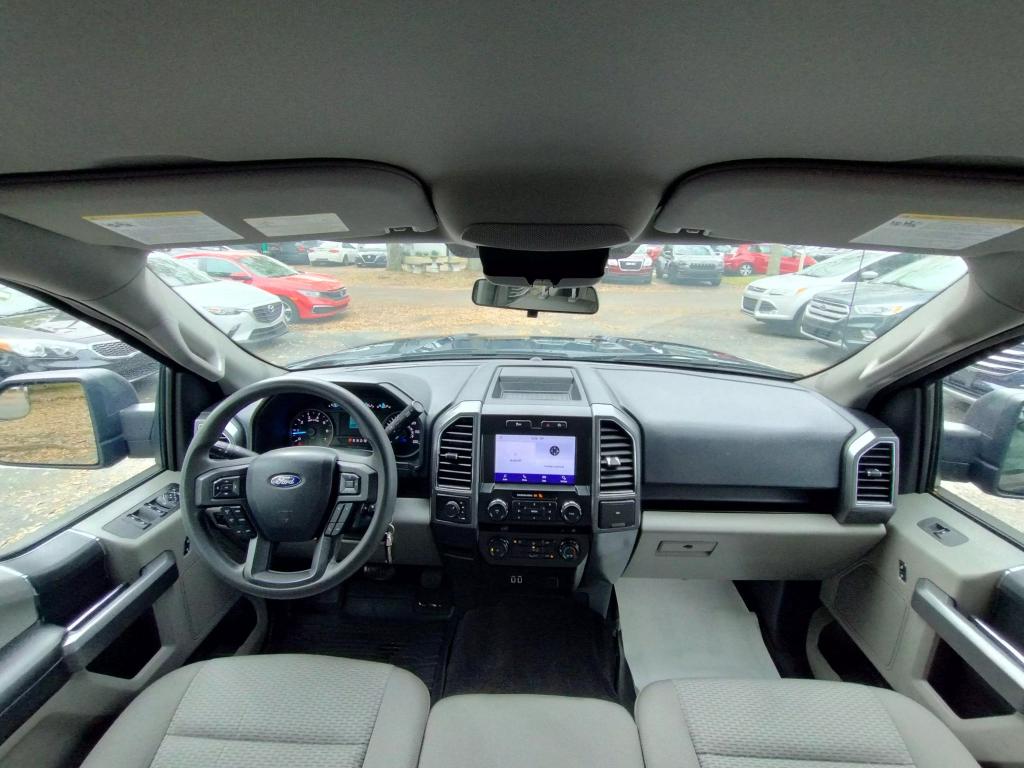
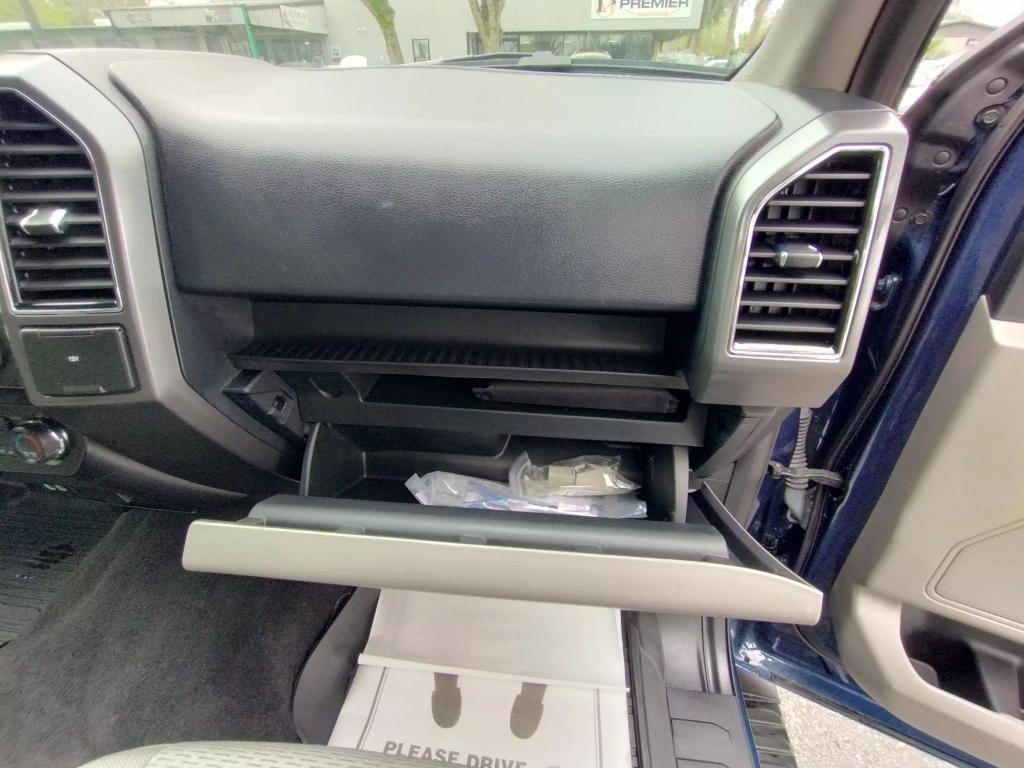
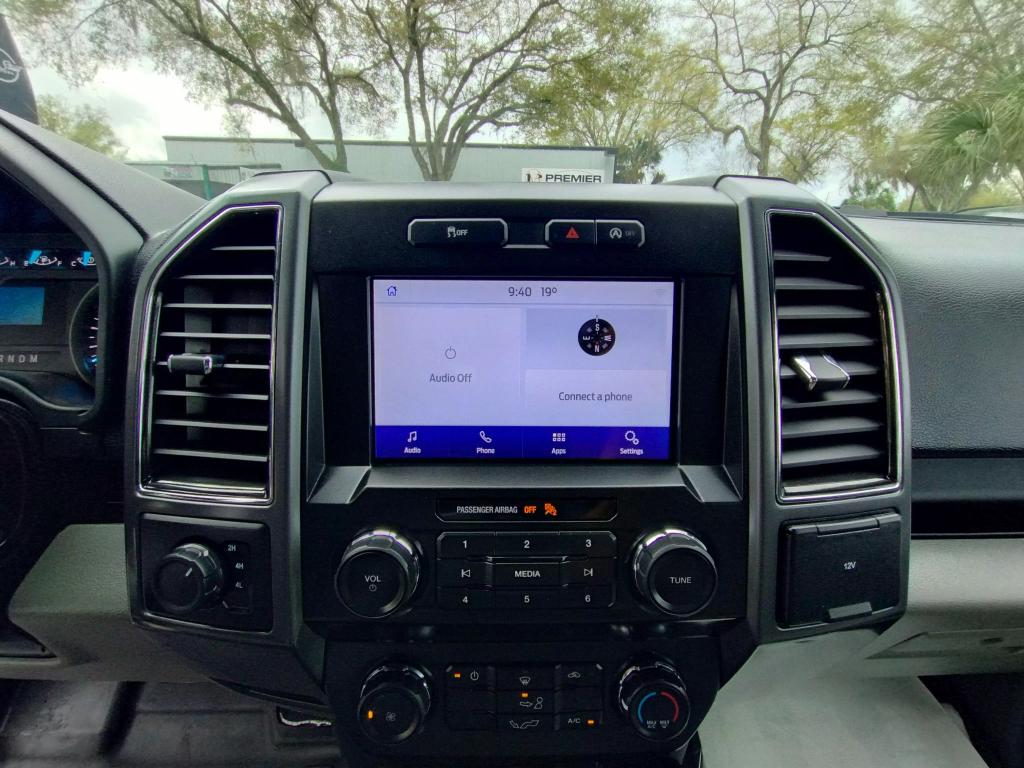
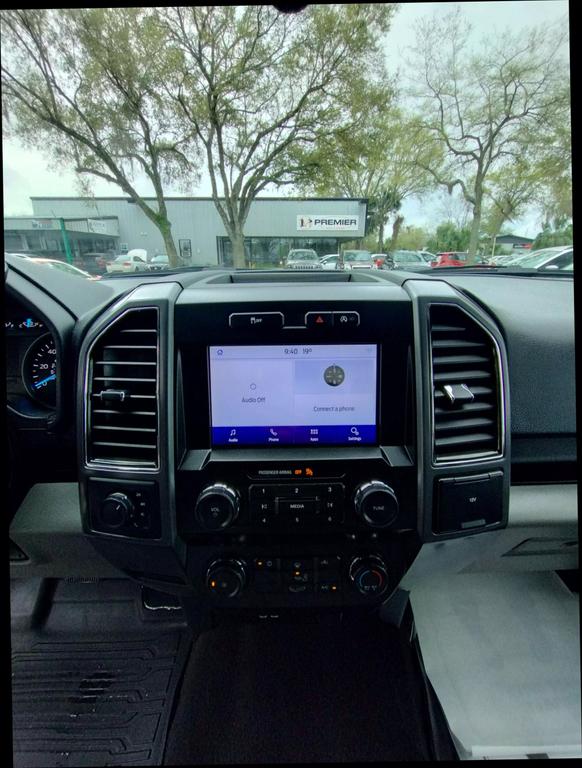
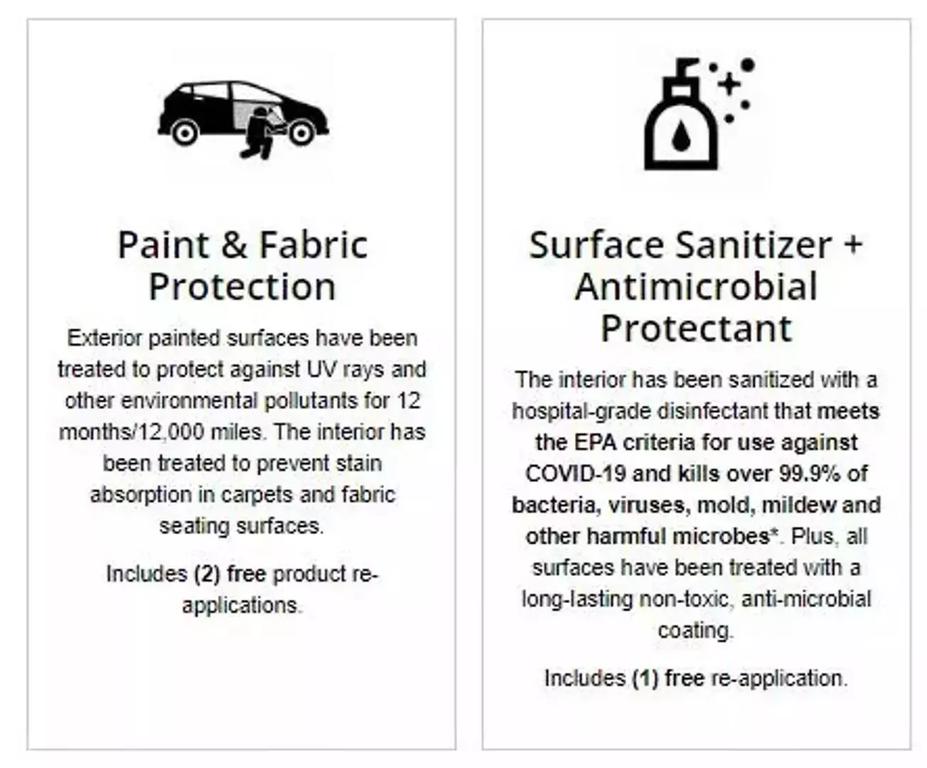
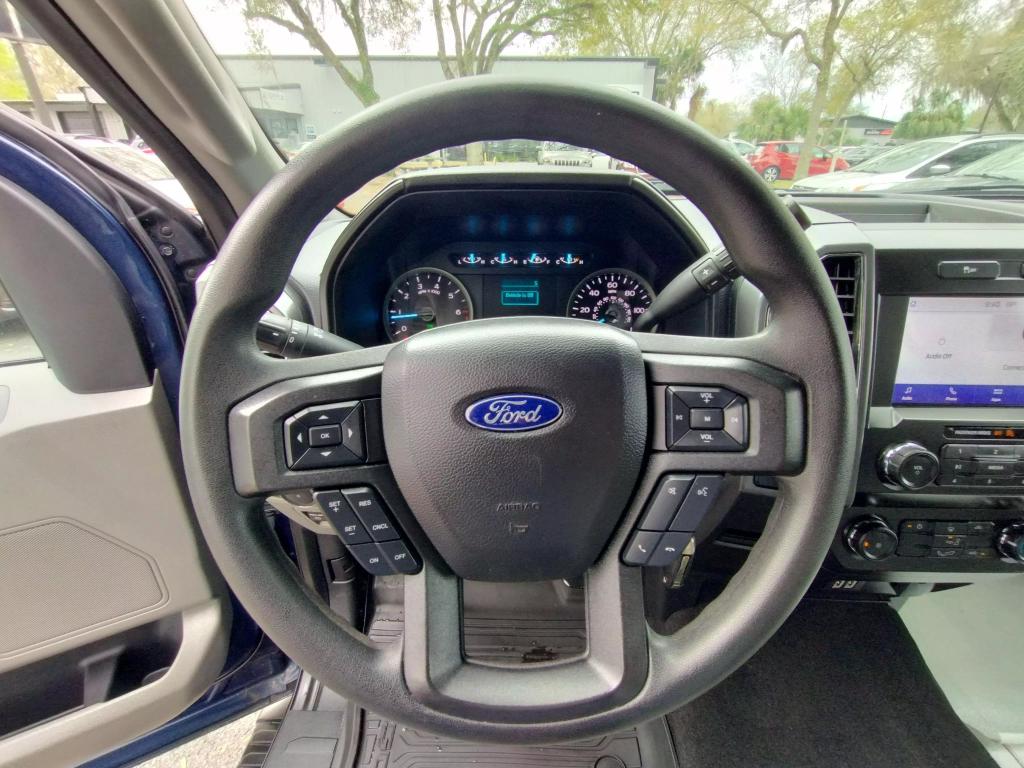
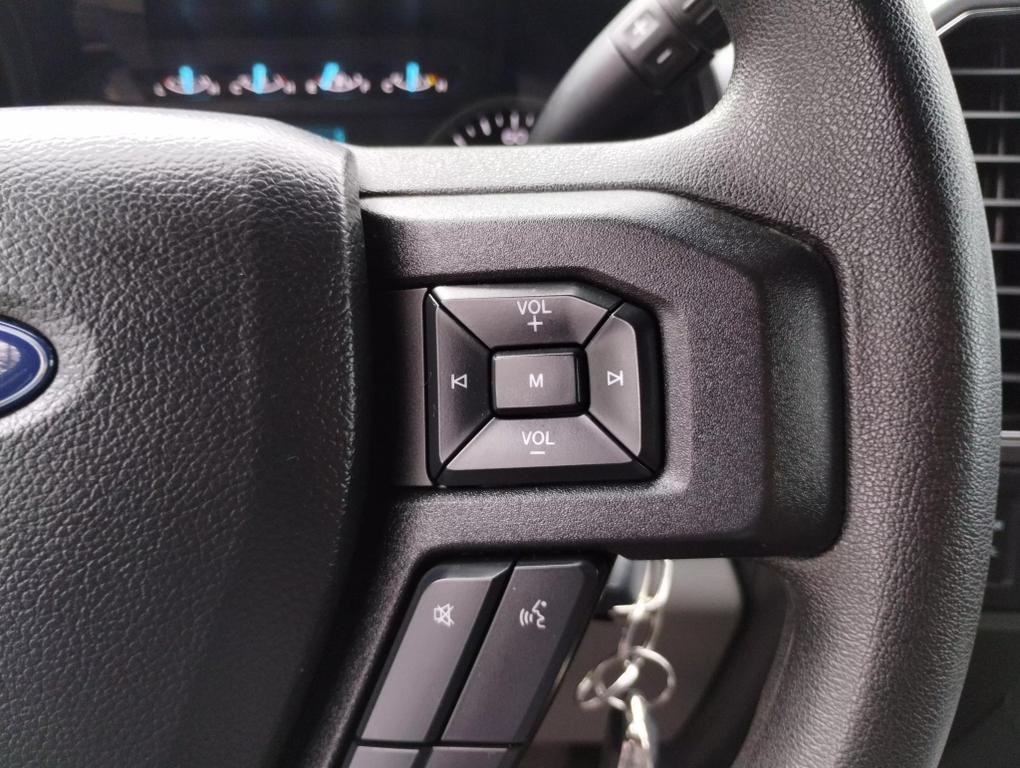
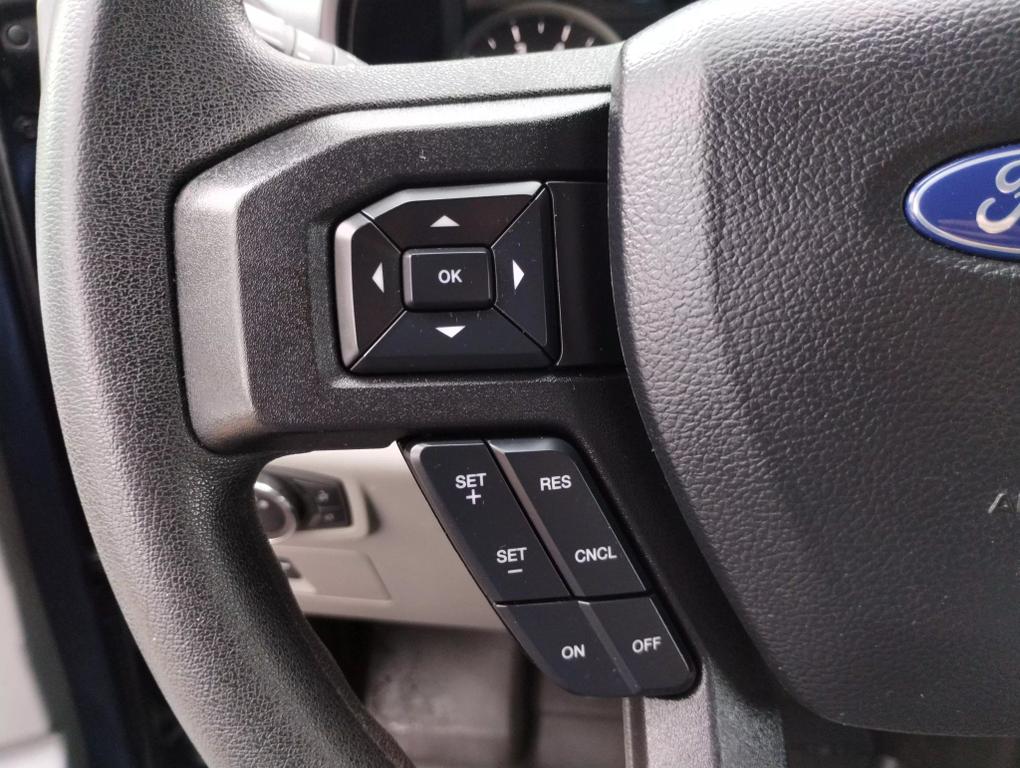
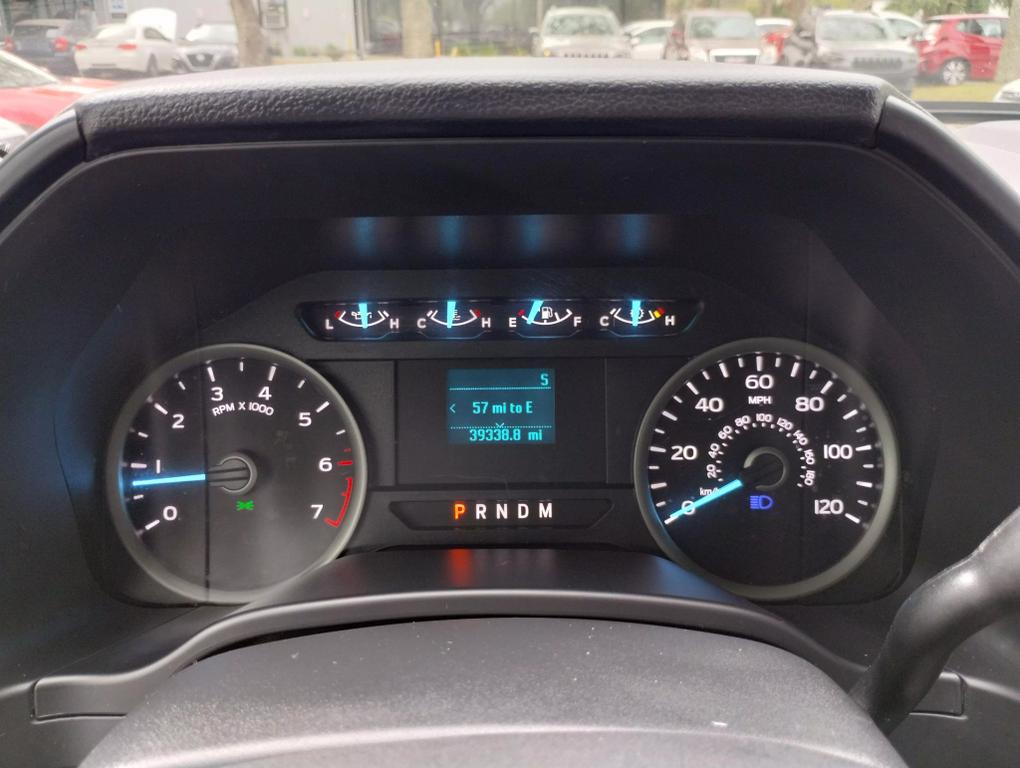
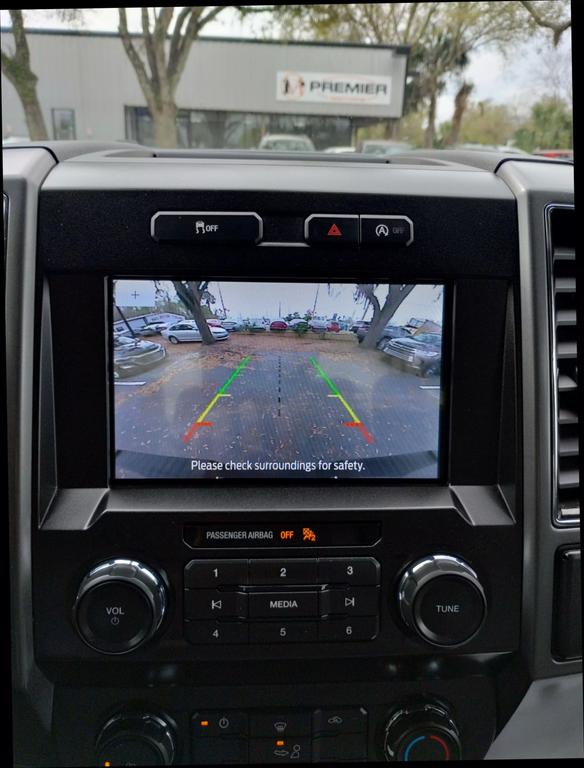






























Overview
-
1FTFW1E41LKF41562VIN
-
fordMake
-
f150 supercrew cabModel
-
BLUEColor
-
4WDDrive Type
-
AUTOMATICTransmission
-
UsedCondition
-
2020Year
-
$39,995Price
-
39,304Miles
-
GASOLINEFuel Type
-
V6, ECOBOOST, TWIN TURBO, 3.5 LITEREngine Size
-
4Doors
-
Cylinders
Features
- ABS (4-WHEEL)
- ADVANCETRAC
- AM/FM STEREO
- ALLOY WHEELS
- F&R HEAD CURTAIN AIR BAGS
- TOWING PKG
- BLUETOOTH WIRELESS
- FORDPASS CONNECT
- BACKUP CAMERA
- DAYTIME RUNNING LIGHTS
- SIDE AIR BAGS
- KEYLESS ENTRY
- CRUISE CONTROL
- SYNC 3
- POWER WINDOWS
- TILT & TELESCOPING WHEEL
- TRACTION CONTROL
- POWER STEERING
- HILL START ASSIST CONTROL
- DUAL AIR BAGS
- POWER DOOR LOCKS
- AIR CONDITIONING
- FOG LIGHTS
- ALARM SYSTEM
- DISTRONIC
- DUAL POWER SLIDING DOORS
- MEMORY SEAT POSITION
- REAR SPOILER
- TILT STEERING WHEEL
- CRUISE CONTROL
- HEATED STEERING WHEEL
- CD PLAYER
- FAST- KEY ENTRY SYSTEM
- CARBON FIBER TRIM
- 12V POWER OUTLET
- ACCENT STRIPES
- INTERMITTENT WIPERS
- PRIVACY GLASS/TINTED
- CARPETED FLOOR MATS
- 3RD ROW SEATING
- WIRE WHEELS
- DUAL EXHAUST
- AIR CONDITIONED SEATS
- TWO TONE PAINT
- DUAL POWER SEATS
- TOW HOOKS
- PREMIUM ALLOY WHEELS
- BENCH SEAT
- HARD TONNEAU COVER
- DYNAMIC STABILITY
- ALARM SYSTEM
- POWER STEERING
- POWER MIRRORS
- POWER REAR SUNSHADE
- DAYTIME RUNNING LIGHTS
- DUAL AIR BAGS
- DRIVER AIRBAG
- REMOTE TRUNK LID
- AIR SUSPENSION
- DIGITAL INFO CENTER
- DUAL ZONE CLIMATE CONTROL
- ELECTRONIC TRUNK CLOSER
- INTEGRATED CHILD SEAT
- CHILD PROOF DOOR LOCKS
- XENON
- RECLINING SEATS
- CASSETTE
- REAR-SIDE AIRBAGS
- MOONROOF
- POWER DRIVER'S SEAT
- PCM
- DVD PLAYER
- SIDE AIRBAGS
- FRONT AC SEATS
- HD RADIO
- TACHOMETER
- REAR HEATED SEATS
- POWER SEAT
- REAR AIR CONDITIONING
- REAR DEFOGGER
- REMOTE START
- MEMORY SYSTEM
- POWER ADJUSTABLE PEDALS
- CHROME WHEELS
- TIRE PRESSURE
- CLOCK
- CLEARCOAT PAINT
- ONBOARD HARD DRIVE
- AUTO CLIMATE CONTROL
- POWER ANTENNA
- CENTER CONSOLE
- HOMELINK SYSTEM
- REMOTE HATCH RELEASE
- LEATHER SHIFTER
- TRACTION CONTROL
- INFINITI COMMUNICATOR
- PASSENGER AIRBAG
- SECURITY SYSTEM
- SUBWOOFER
- USB PORT
- WOOD TRIM
- TOUCH SCREEN
- ONSTAR
- SPORT SUSPENSION
- MAP LIGHTS
- METALLIC PAINT
- LIMITED SLIP DIFFERENTIAL
- REMOTE CONTROL ENTRY
- HEATED MIRRORS
- AUTO DAY/NIGHT MIRRORS
- PICKUP SHELL
- POWER SLIDING DOOR
- MP3
- AUTO LEVELING
- KEYLESS ENTRY
- PREMIUM SOUND
- LOCKING TAILGATE
- STEERING RADIO CONTROLS
- SPLIT FRONT BENCH
- BEDLINER
- FR STABILIZING BARS
- SURROUND SOUND SYNC
- BODY SIDE MOLDINGS
- HEATED DOOR LOCKS
- WIRE WHEEL COVERS
- SPLIT FOLDING REAR SEAT
- FLOOR MATS
- GPS SYSTEM
- WIDE TIRES
- POWER WINDOWS
- ABS BRAKES
- TELESCOPING STEERING WHEEL
- REAR FOG LAMPS
- HEAD-PROTECTION SYSTEM
- LUXURY SEATS
- GRILLE GUARD
- VANITY MIRRORS
- VOICE ACTIVATED
- PREMIUM WHEELS
- ROOF RACK
- CENTER ARM REST
- ADAPTIVE HEADLIGHTS
- ADJUSTABLE RIDE CONTROL
- UNDERBODY HOIST
- REMOTE FUEL DOOR
- GROUND EFFECTS
- PANORAMIC ROOF
- HEADS UP DISPLAY
- TRIP COMPUTER
- SUNROOF
- FRONT HEATED SEATS
- DIGITAL CLOCK
- AM/FM
- HID HEADLAMPS
- C.B.
- REAR AC SEATS
- POWER BRAKES
- CONVENTIONAL SPARE
- LOCKING FUEL CAP
- POWER LIFT GATE
- ROLL BAR
- AIR CONDITIONING
- SATELLITE RADIO
- HYDRAULIC LIFT
- REVERSE CAMERA
- 115V POWER OUTLET
- ANTI-THEFT
- ALL WEATHER FLOOR MATS
- ALUMINUM BOX
- WINDOWS
- GOLD TRIM
- VOICE CONTROL
- LEATHER STEERING WHEEL
- SPOILER
- FUEL INJECTION
- SIDE CURTAIN AIRBAGS
- OVERHEAD CONSOLE
- HEATED SEATS
- TELEAIDE SYSTEM
- FOG LIGHTS
- PARKING SENSORS
- KNEE AIR BAG
- SEPARATE TWEETERS
- CUP HOLDERS
- CHROME EXHAUST TIPS
- CUSTOM BUMPER
- RUNNING BOARDS
- NAVIGATION SYSTEM
- RUST PROOFING
- REAR WIPER
- TRIP ODOMETER
- CD CHANGER
- TRAILER HITCH
- SPLIT SEATS
- VIDEO SYSTEM
- HEATED WINDSHIELD
- POWER LOCKS
- OPTIONAL FUEL TANK
- NIGHT VISION
- WINCH
- EXTERIOR KEYPAD ENTRY
- DIFFERENTIAL LOCKS
- ROLL STABILITY CONTROL
- TOW PACKAGE
- REAR RADIO CONTROL
- OFF ROAD TIRES
- FUSE HANDSFREE LINK
- VARIABLE ASSIST STEERING
- SPORT SEATS
- COMPASS AND TEMPERATURE DISPLAY
- 2 HI-BACK BUCKET SEATS
- POWER PASSENGER SEAT
- DISC BRAKES
- BLUETOOTH
- REMOVABLE HARD TOP
- DIGITAL INSTRUMENTS
- SLIDING REAR WINDOW
AI Report
As a car inspection specialist, I would need to view the actual photos of the vehicle to provide a detailed and accurate inspection report. Since I cannot view photos or receive images, I can guide you on how to conduct a thorough inspection both for the exterior and interior of a vehicle. Below is a structured way to approach this:Exterior Inspection
1. Body Condition:
- Check for any scratches, dents, or rust on the body.
- Look for signs of new paint or body filler used to cover up damage.
2. Windows and Windshield:
- Inspect for cracks, chips, or any signs of pitting that might impair visibility.
3. Lights and Indicators:
- Ensure that headlights, taillights, turn signals, and brake lights are operational.
4. Tires:
- Check tread depth and look for any signs of uneven wear.
- Ensure all tires (including the spare) are properly inflated.
5. Wheels:
- Look for bends, cracks, or significant scratches on the wheels.
6. Undercarriage:
- Check for any signs of leaks, rust, or damage.
7. Exhaust System:
- Ensure it is securely attached and check for any unusual noises or excessive rust.
8. Glass and Mirrors:
- Ensure mirrors and glass are intact and free of significant cracks or breaks.
9. **Paint:
Ford F150 Supercrew Cab
Make an Offer Price
OFFICE
2629 N Main Street,
Gainesville, Florida 32669s
KEEP IN TOUCH
Get latest updates and offers.
Cartek LLC© 2024. All Rights Bys Cartek.

